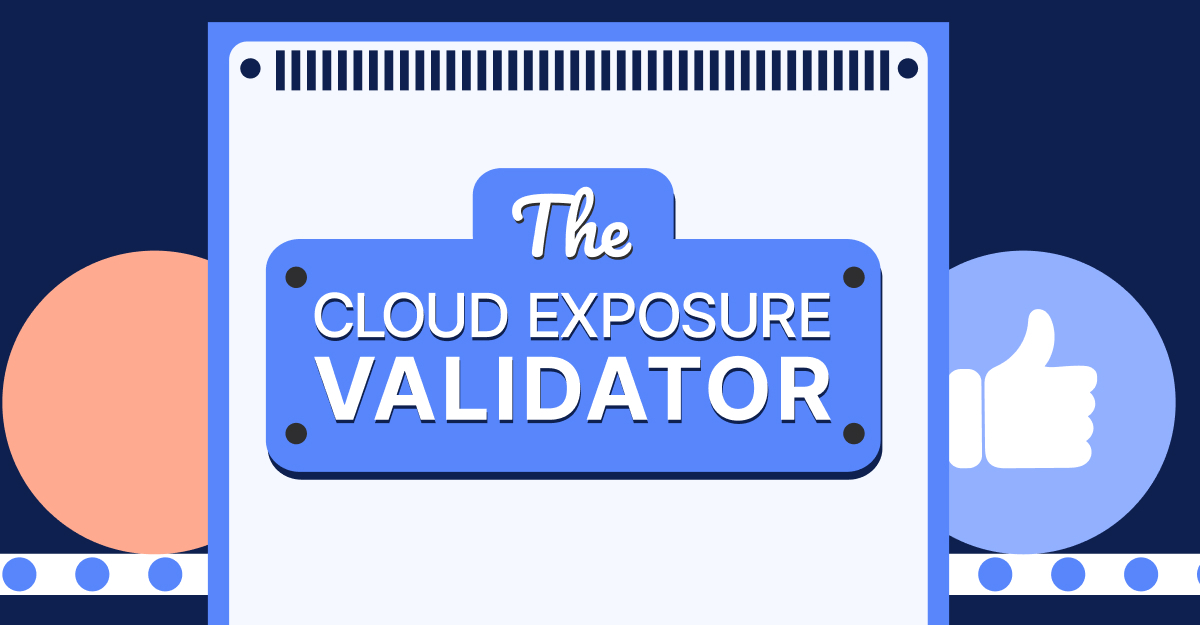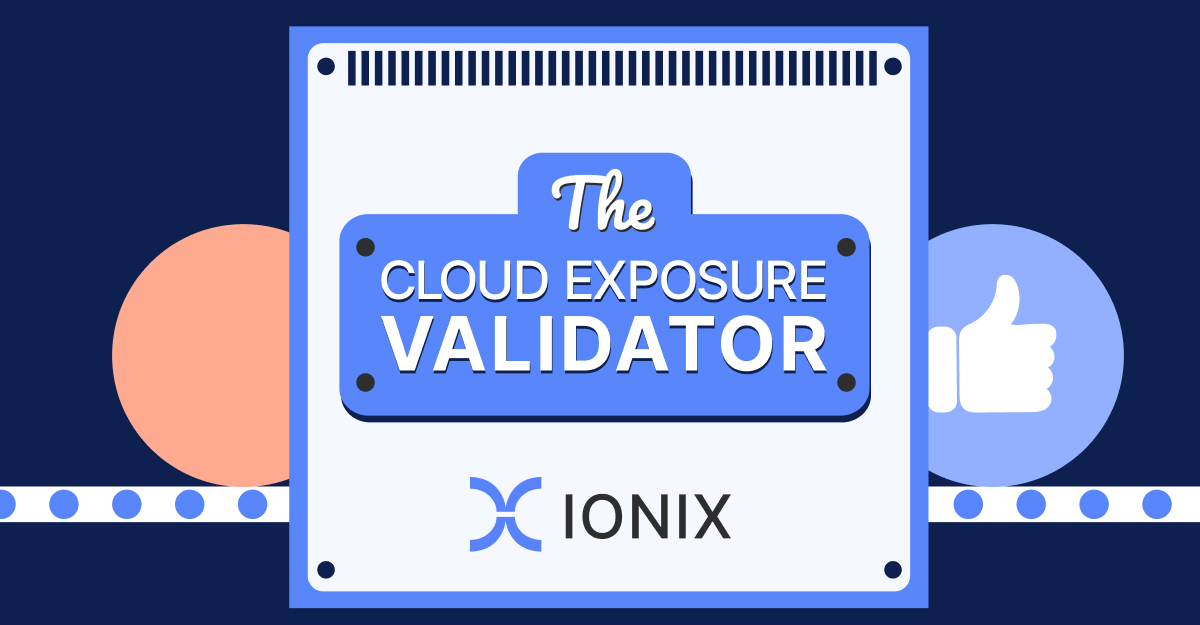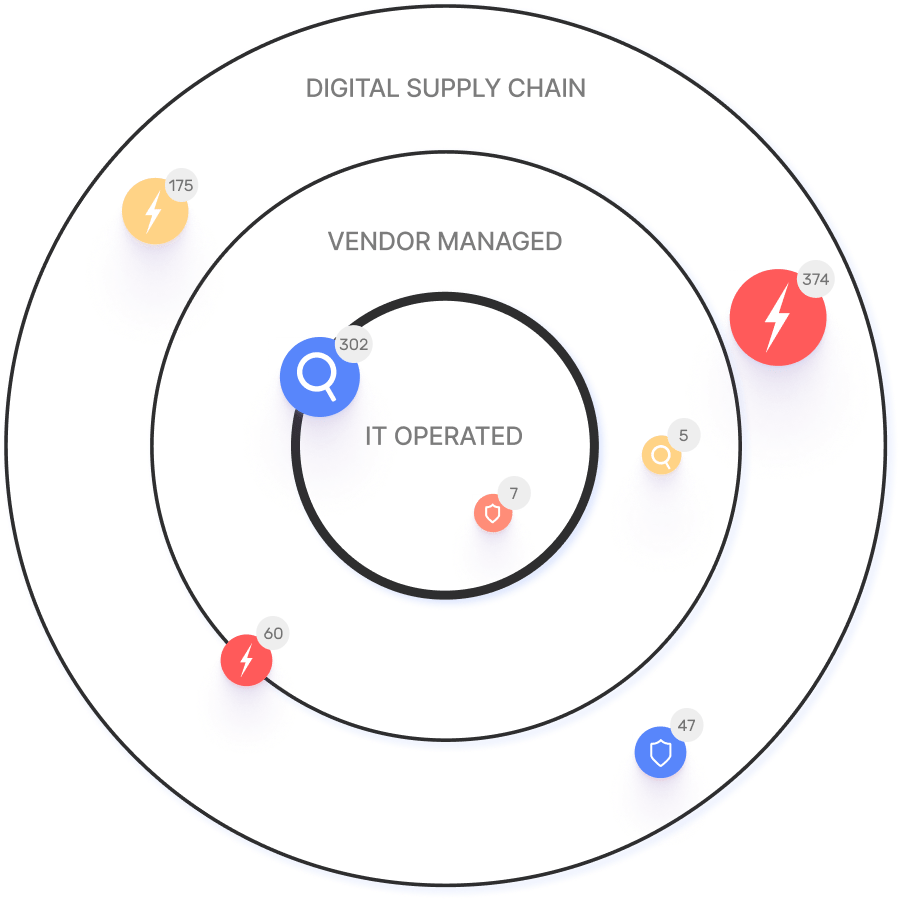The Question on Everyone’s Lips at RSAC 2025
In this article
“Are you MCP-ready?”
This wasn’t just casual conversation at RSA 2025—it was the burning question that echoed through packed conference halls, intimate executive breakfasts, and animated after-hours discussions. In a year when AI security agents moved from concept to reality, security tool stacks reached new heights of complexity, and the talent shortage hit critical levels, security leaders faced a moment of clarity: piecemeal AI security approaches simply aren’t cutting it anymore.
What effective security now demands is what has been missing all along: AI models with rich contextual awareness that can understand the environments they protect. Enter MCP—Model Context Protocol—the technological standard that’s reshaping how AI security systems perceive and respond to their environments.
What Is Model Context Protocol?
Beyond Buzzwords: What MCP Really Means
Let’s cut through the noise. Model Context Protocol (MCP) is an open standard that acts as a universal connector between AI models and external tools, data sources, and systems. Think of MCP like a universal translator for AI applications – just as a translator enables people speaking different languages to communicate effectively, MCP provides a standardized way to connect AI models to the digital world around them.
Developed initially by Anthropic but now operating as an open standard, MCP solves what’s known as the “N×M problem” in AI integration. Before MCP, connecting M different AI applications to N different tools or data sources potentially required M×N custom integrations – creating massive development overhead and fragmentation. MCP transforms this into a much simpler “M+N” problem through standardization.
The protocol operates on a client-server architecture:
- MCP Clients: Integrated within AI applications like Claude Desktop to handle connections with servers
- MCP Servers: Lightweight programs that expose specific capabilities, tools, or data sources to AI systems through the standardized protocol
- Host Applications: The AI systems themselves that interact with users and initiate connections
This standardized approach means developers can build once and connect to many, eliminating the need for custom integrations for every new data source or tool.
Why MCP Is Important?
MCP Changes Everything
What makes MCP truly transformative is how it eliminates the fragmentation that has plagued AI integration. Rather than building custom connectors for every new tool or data source, MCP provides a universal protocol that standardizes these connections, making AI systems infinitely more extensible and powerful.
MCP goes beyond the limitations of traditional API integrations by:
- Creating a dynamic discovery system — AI models can discover and interact with available tools without requiring hard-coded knowledge of each integration
- Supporting two-way communication — MCP enables persistent, real-time bidirectional communication between AI models and external systems
- Simplifying authentication and security — The protocol handles authorization and scoping, allowing fine-grained control over what the AI can access
- Enabling contextual awareness — By providing standardized access to external data, MCP helps AI models make more informed decisions based on real-time information
This approach represents a fundamental shift in how AI systems integrate with the digital world. MCP isn’t just another integration method—it’s creating an open ecosystem where AI models can seamlessly connect with tools and data wherever they reside, similar to how USB standardized physical device connections.
What will be the impact of MSP on Security Operations?
MCP’s Transformative Impact on Cybersecurity
For cybersecurity specifically, MCP represents a revolutionary advancement that could fundamentally reshape how security tools operate. By standardizing connections between AI security assistants and the myriad security tools in an organization’s stack, MCP solves one of the industry’s most persistent challenges: fragmented security data and disconnected tooling.
Security teams have long struggled with orchestrating their complex security ecosystems—SIEM platforms, EDR solutions, vulnerability scanners, threat intelligence feeds, IAM systems, and cloud security tools often operate in isolation. MCP enables security AI to seamlessly access data across these disparate systems in real-time, creating a unified security context that was previously impossible without extensive custom integration work.
Imagine security AI that can simultaneously assess cloud misconfigurations, endpoint vulnerabilities, identity risks, and threat intelligence—then orchestrate responses across these systems through a standardized protocol. This isn’t just incremental improvement; it’s a paradigm shift that could finally deliver on the promise of truly integrated security operations.
What are the challenges of MCP adoption?
By definition, walled gardens were never meant to be open
Despite its transformative potential, MCP faces significant hurdles before it can become the universal standard its proponents envision. As with any emerging protocol, widespread adoption requires overcoming both technical and organizational inertia.
Legacy security vendors may resist standardization that threatens their walled gardens and proprietary integrations. The cybersecurity market has historically thrived on fragmentation, with vendors deliberately creating closed ecosystems to increase customer lock-in. MCP’s open approach directly challenges this business model, meaning adoption may be slowed by vendors who see more risk than opportunity in standardization.
There are also legitimate security concerns. By creating standardized access to sensitive security tools and data, MCP potentially introduces new attack vectors if not implemented with rigorous security controls. Organizations will need to carefully consider authentication, authorization, and data governance frameworks around their MCP implementations. Questions about auditing, compliance, and liability in MCP-connected systems remain largely unanswered in these early days.
Additionally, the protocol itself is still maturing. Early adopters may face compatibility issues, performance bottlenecks, or gaps in functionality that will only be resolved through continued development and refinement of the standard.
The Verdict: Revolution or Bubble?
As the dust settles from RSA 2025, the question remains: Is Model Context Protocol truly revolutionary or simply the latest tech hype?
The reality lies somewhere in between. MCP solves a genuine problem—the fragmentation of AI integrations—with a technically sound approach that has growing industry support. For cybersecurity, its potential to unify disparate tools through a common protocol addresses a persistent industry challenge.
However, technical limitations, vendor resistance, and security concerns stand in its way. Organizations should approach MCP with measured optimism—exploring its capabilities while developing thoughtful implementation strategies that address its current limitations.
Whether MCP becomes the universal language for AI systems or another abandoned protocol will depend on how its community navigates these challenges. What’s certain is that the problem of fragmented AI integration isn’t disappearing, making this space worth watching closely in the coming years.




